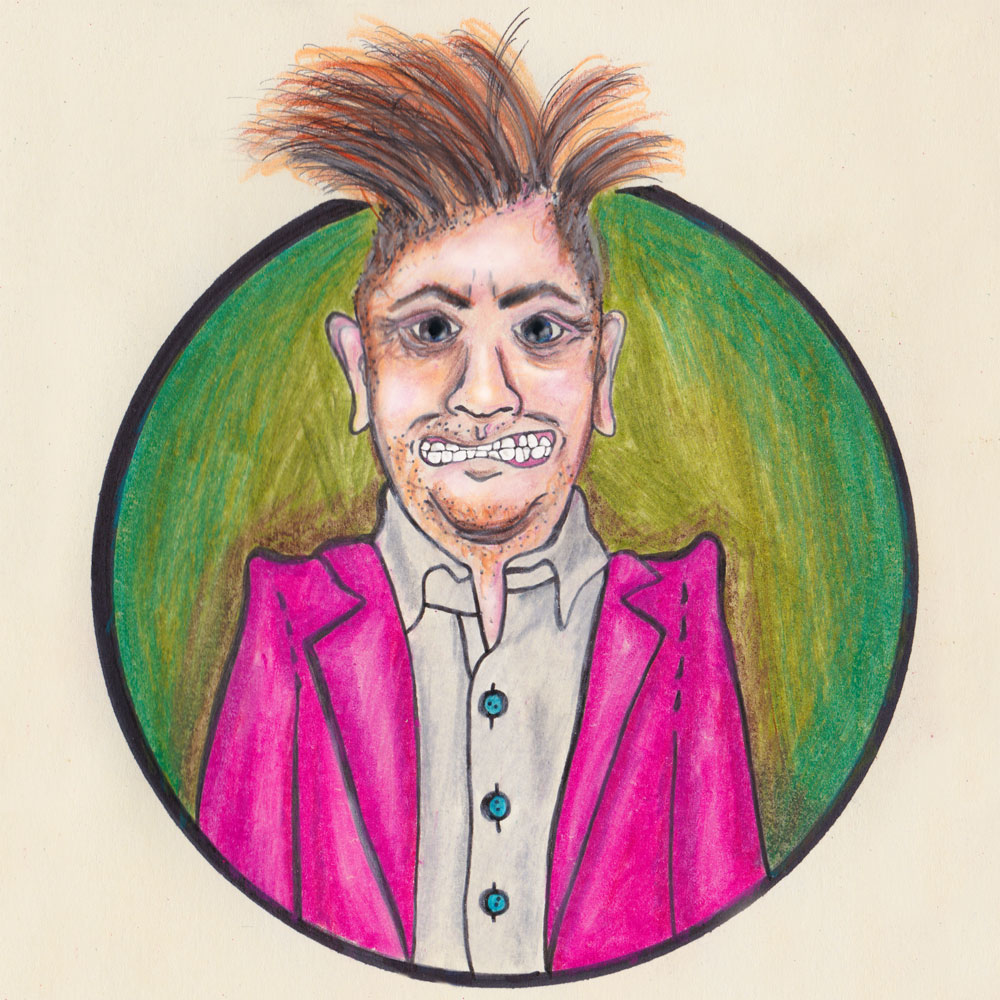I completed a first-year anthropology course titled Human Origins last semester. While we covered a wide range of subjects — from genetics and the modern theory of evolution, to the earliest origins of mankind and studies of our countless predecessors, to an overview of our archaeological history — I found the most revealing insights into modern human nature in the studies of our closest animal cousins, the various species of the great apes.
Specifically, I found it remarkable how much of our own vestigial social interactions can be seen in our nearest animal offshoot, the chimpanzee. I was interested to see the domestic behaviors of the chimp when they’re in their community, how they care for their infants, how they learn and play like human children do. They touch and interact as humans do, they laugh with their friends, and although chimpanzees may not speak aloud, amongst their own they communicate with one another more than adequately.
What also stood out was their aggression.
Chimpanzees are as friendly as any creature can be — when the creatures they’re being friendly with are familiar to them. Chimps are known to specifically hunt other primates, such as the red colobus monkey. Every couple of weeks in Uganda’s Kibale National Park, a large community of chimpanzees will organize a group of males to go on an expedition outside of their own territory, looking specifically for individual males who belong to a different family group. If they encounter an individual, they will capture him, hold him down, and then beat and bite him to death before retreating back into their own territory. It’s essentially a form of animal warfare, coincidentally found in a line closely sharing our distant ancestry. Chimps aren’t so especially tolerant of other chimps when they don’t belong to the club.
Sound familiar? There are plenty of parallels in human social behaviour that reflect the lower-order act of gathering up some buds and hitting up the town looking for someone just different enough to beat the tar out of, be it literally doing that, or something metaphorical like organizing an anti-gay rally. But nowhere in the continuum of human behaviour is this brutal aspect of chimpanzee psyche more resoundingly reflected today than on modern school playgrounds.
One need only type “bully+suicide” into Google’s news search to get a taste for the environment out there. I’ll sum it up for you: you may read about Alexander Frye, a quiet 13 year-old from Wyoming who shot himself in a field near his house New Year’s Eve, on account of harassment. Or maybe you’ll bump into an article about a 15 year-old New Yorker named Amanda Cummings, who jumped in front of bus on Dec. 27 to escape torment. After she died, her persecutors continued to leave negative comments on her profile. Comments are still being deleted.
Or perhaps you’ll even run into a bit of the controversy behind 15 year-old Jorge Saavedra, who, instead of killing himself, killed his aggressor. Saavedra was absolved of all charges by a Florida judge because the boy “had more than enough reason to believe he was in danger of death or great bodily harm,” after Nuno told him: “Today is the day,” and followed him off of a bus with a troop of thugs.
You may have noticed that I avoid using the word “bully.” It’s deliberate. “Bully” is a weak word with all these fuzzy connotations of the over-large and kinda-stupid, but inevitably loveable, kid who pushes the smaller kids around, but never does any real harm, eventually becoming an awkward sort of friend after high-school. “Bully” is a word that makes people think of important lessons they learnt about standing up for themselves as a kid; it’s a word that people see as a necessary and important part of life. Children are “bullied,” adults are “harassed” and “assaulted.”
Well one way or another, when people start to die, it’s not “bullying” anymore. If we read a story about a woman throwing herself in front of a bus because her co-workers were incessantly harassing her, we all demand to know who’s going to prison for it. If we read a story about a guy getting off a bus in front of his house, only to have a group of large, shady figures follow him and start punching him without explanation, we say “Hell yeah, you fight back!” And yet we read about kids producing expansive campaigns of verbal violence to literally destroy other kids from the inside out, we read about kids attacking others in broad daylight because . . . just because? And we all seem to think they should just put up with it, because it’s a “fact of life” and it simply makes sense that our children should live in a Wild West of vicious anarchic crime when we, as adults, do not. Right?
Well I say props to the Florida judge for not destroying two lives on Dylan Nuno’s account. It’s argued that “bullying” today is not worse than it was, but rather that we’re simply more aware of it. To that I ask, what difference does it make? Does finding out that we’ve been pushing 13 year-olds to suicide for 10,000 years, and doing nothing about it, somehow make it all right? It’s time we start getting our things together on this one, folks — we haven’t been chimpanzees for about six million years now.
Gerald wants equal rights and protection under the law for children.


